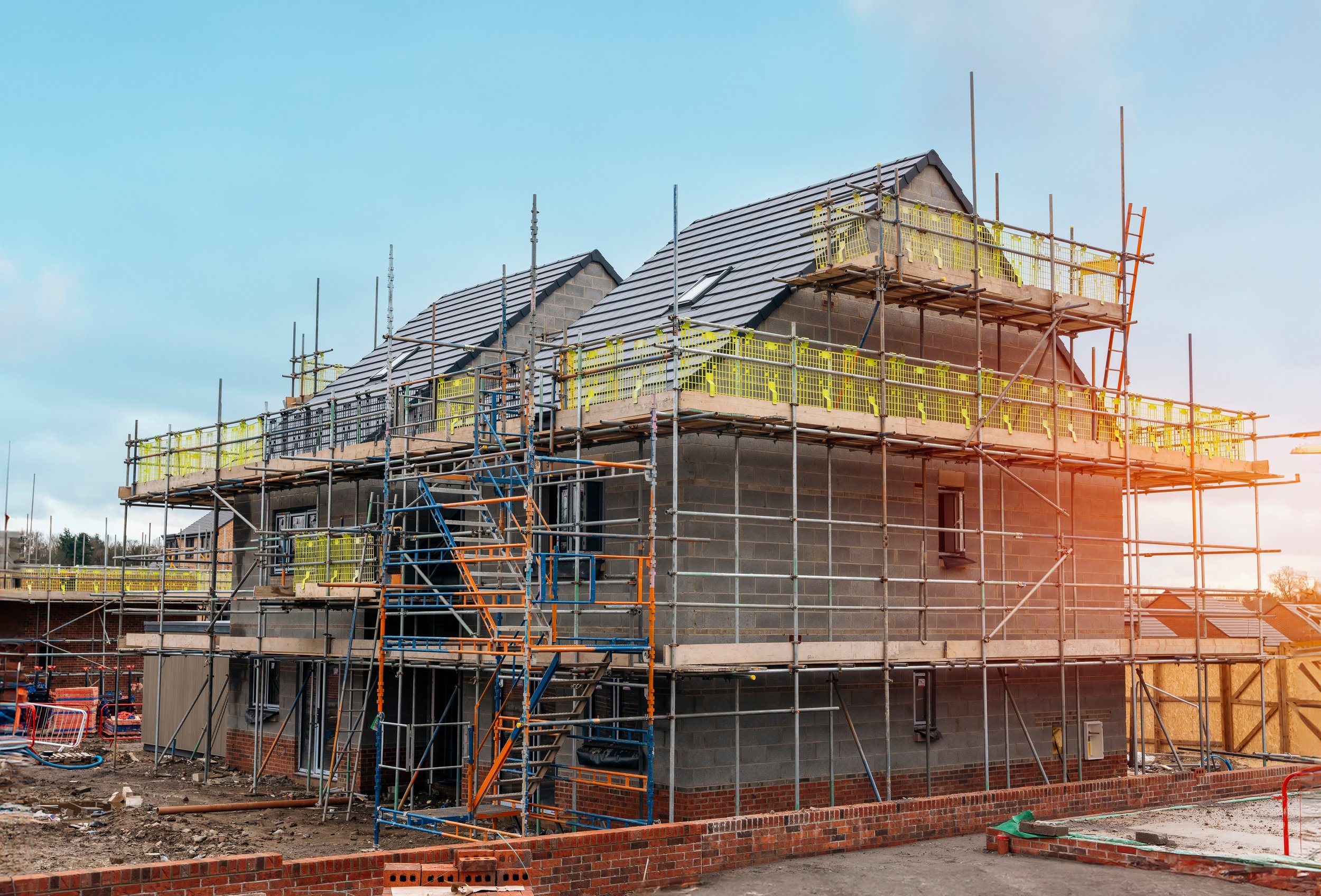
Best Material for Flat Roof
A comprehensive guide comparing popular materials for flat roofs.
Choosing the right material for a flat roof is crucial to ensuring long-term durability, minimal maintenance, and effective protection against the elements.
Flat roofs have different requirements compared to pitched roofs due to their minimal slope, which can affect drainage and lead to water pooling. Here, we explore some of the best materials for flat roofs, each offering unique benefits and suitability for various needs and budgets.
EPDM (Ethylene Propylene Diene Monomer) Rubber
Pros:
Durability: EPDM is known for its long lifespan, typically lasting 30 to 50 years if properly installed and maintained.
Weather Resistance: It withstands extreme temperatures, UV rays, and more without deteriorating.
Low Maintenance: EPDM roofs require very little upkeep due to their robust nature.
Eco-Friendly: It's an environmentally friendly option, being fully recyclable.
Cons:
Aesthetic Limitations: EPDM is typically black, which may not appeal to all homeowners or may absorb more heat unless treated with a reflective coating.
Installation: While installation is straightforward, poor installation can lead to leaks and other issues.
PVC (Polyvinyl Chloride) Roofing
Pros:
Strength: PVC roofing membranes are highly resistant to chemical exposure, fire, and water, making them extremely durable.
Energy Efficiency: They are typically white, reflecting sunlight and helping to reduce cooling costs in warmer climates.
Versatility: Available in a variety of colors and styles.
Cons:
Cost: PVC tends to be more expensive than some other roofing materials.
Repair Considerations: While durable, if damaged, PVC can be more challenging to repair than some other types.
TPO (Thermoplastic Polyolefin)
Pros:
Energy Efficiency: TPO roofs are highly reflective and excellent for keeping buildings cooler.
Ease of Installation: TPO membranes are typically installed in large, lightweight sheets that are easy to install.
Cost-Effectiveness: Generally provides a good balance between cost and performance.
Cons:
Longevity Variability: The lifespan of TPO roofing can vary significantly based on the formulation and installation quality.
Welding Requirements: Seams need to be heat-welded, which requires professional handling.
Modified Bitumen
Pros:
High Durability: Modified bitumen roofs are tear-resistant due to their reinforced fabric or composite layers.
Flexibility: Performs well in fluctuating temperatures due to its elastic properties.
Accessibility: Easier to repair and maintain than some other flat roof options.
Cons:
Installation Fumes: The installation process can produce fumes that may be unpleasant or harmful.
Heat Absorption: Typically dark in color, which can lead to higher heat absorption unless coated with reflective materials.
Built-Up Roof (BUR)
Pros:
Proven Track Record: BUR has been used for over a century and is known for its reliability and durability.
Multilayer Protection: Multiple layers provide excellent waterproofing and durability.
Cost-Effective: Generally offers good value for the money.
Cons:
Weight: BUR is heavy and may require additional structural support.
Installation Process: The installation involves hot tar, which can be messy and hazardous.
Liquid Roofing
Pros:
Seamless Finish: Offers a seamless waterproof membrane that is excellent for complex roof shapes.
Application Versatility: Can be applied over existing roofing materials, reducing the need for complete tear-off.
UV Resistance: Highly effective against UV radiation and weathering.
Cons:
Professional Application Required: Requires skilled installation to ensure efficacy.
Cost: Can be more expensive than some traditional materials.
Conclusion
When selecting a material for a flat roof, consider factors such as climate, building usage, budget, and aesthetic preferences. Each material offers distinct advantages and potential drawbacks. For best results, consult with a professional roofing contractor who can assess your specific situation and recommend the most suitable material based on your building’s requirements and local climate conditions. Proper installation and maintenance are key to maximizing the lifespan and effectiveness of your flat roof, regardless of the chosen material.
Choosing the right material for your flat roof is crucial to ensure durability, weather resistance, and overall performance. If you are considering a new flat roof installation, THK Roofing Ltd offers expert services to meet your needs. With our extensive experience and high-quality materials, we guarantee a flat roof that stands the test of time. For more information or to schedule a consultation, please call us at 01234 965079.
Top Articles
► Planning Permission for a New Roof
► Building Regulations for a New Roof
► Does a New Roof Add Value to Your Home?
► Does Insurance Cover Roof Leaks?
Roofing Materials Explained
► Code 3 and Code 4 Lead Flashing
► Slates
► Best Materials for Flat Roofs
Roofing Components
► Roof Ventilation for Flat Roofs
► What are Soffits and Fascias?
► What is a Fibreglass Flat Roof?
Common Guides
►How Much Does a New Roof Cost
► How to Find a Leak in Your Roof
► Why is my Velux Window Leaking?
► Planning Permission Velux Windows
► How to Clean Roof Tiles Without Pressure Washer
► Removing Moss from Roof Tiles
